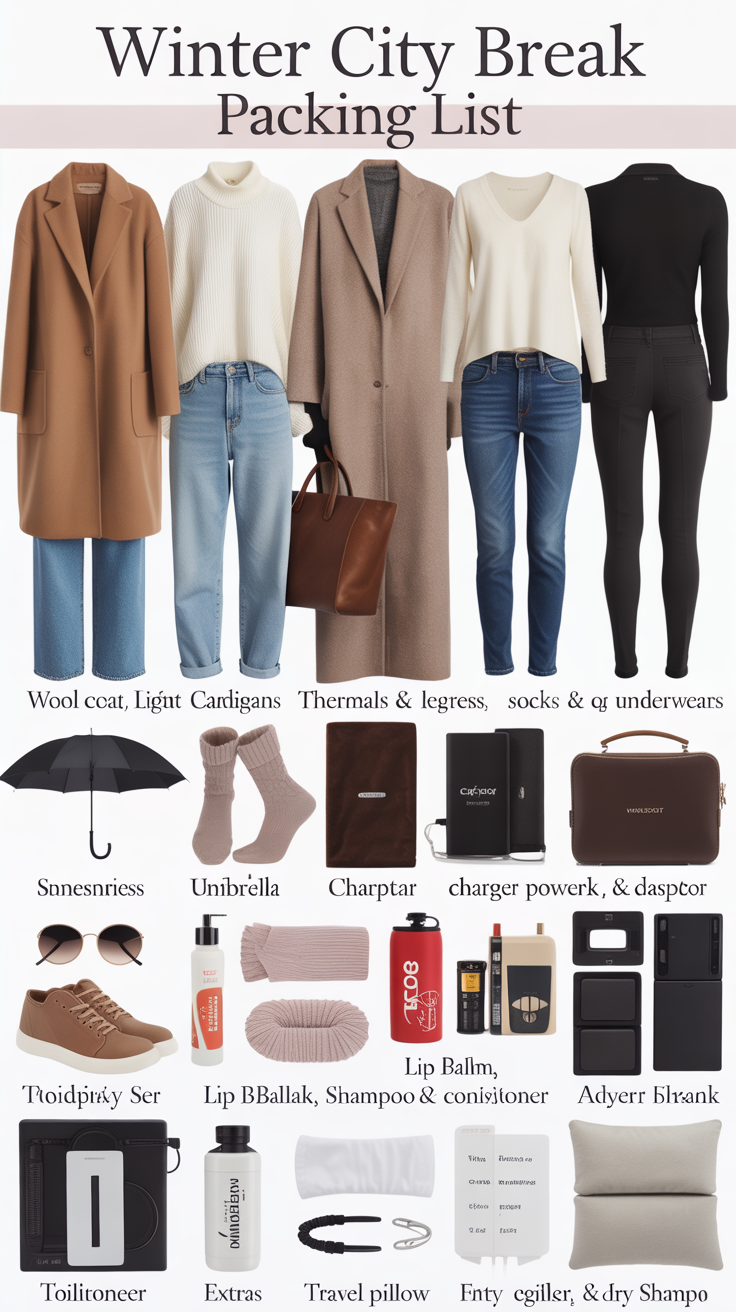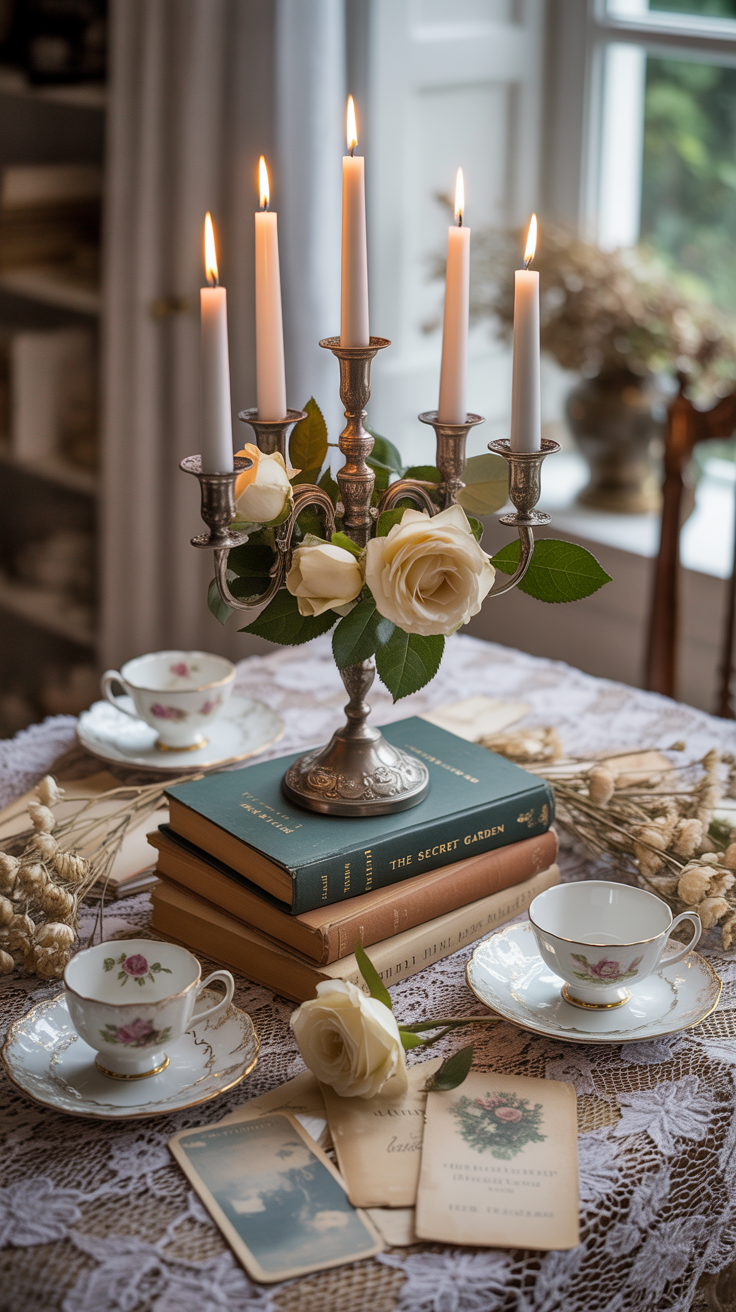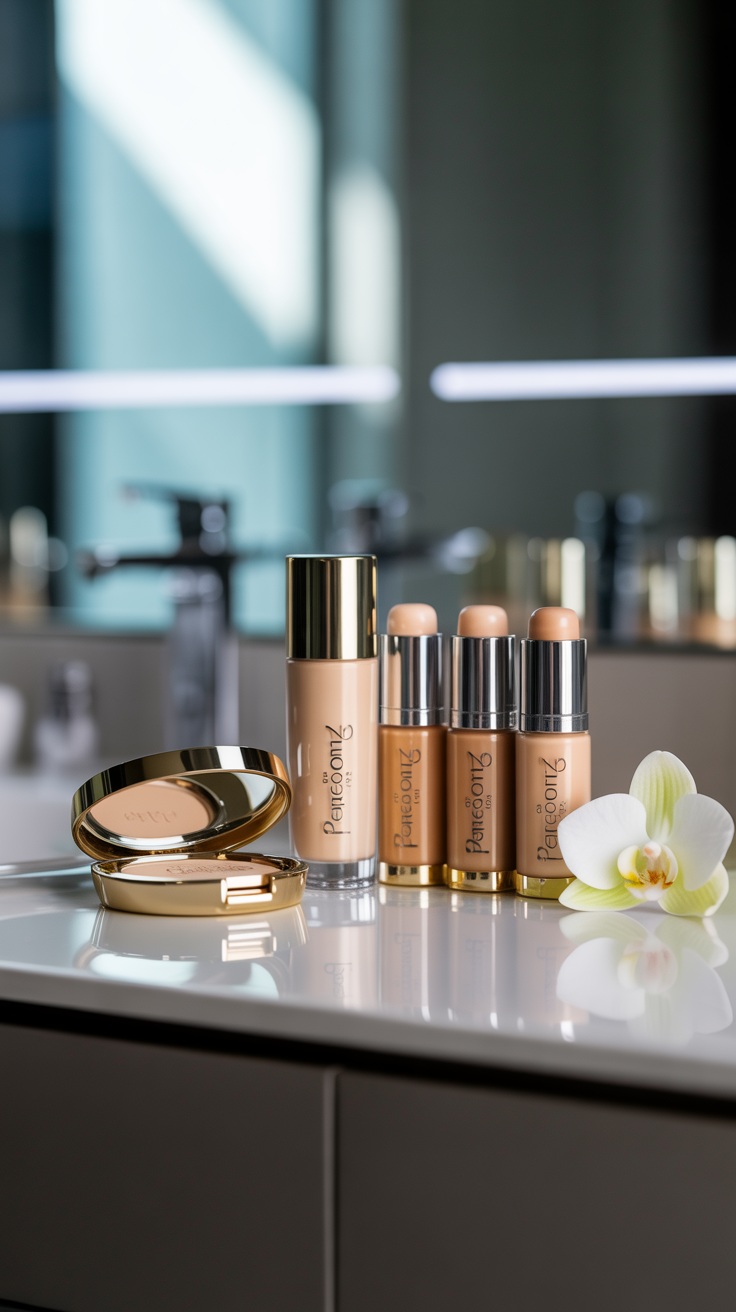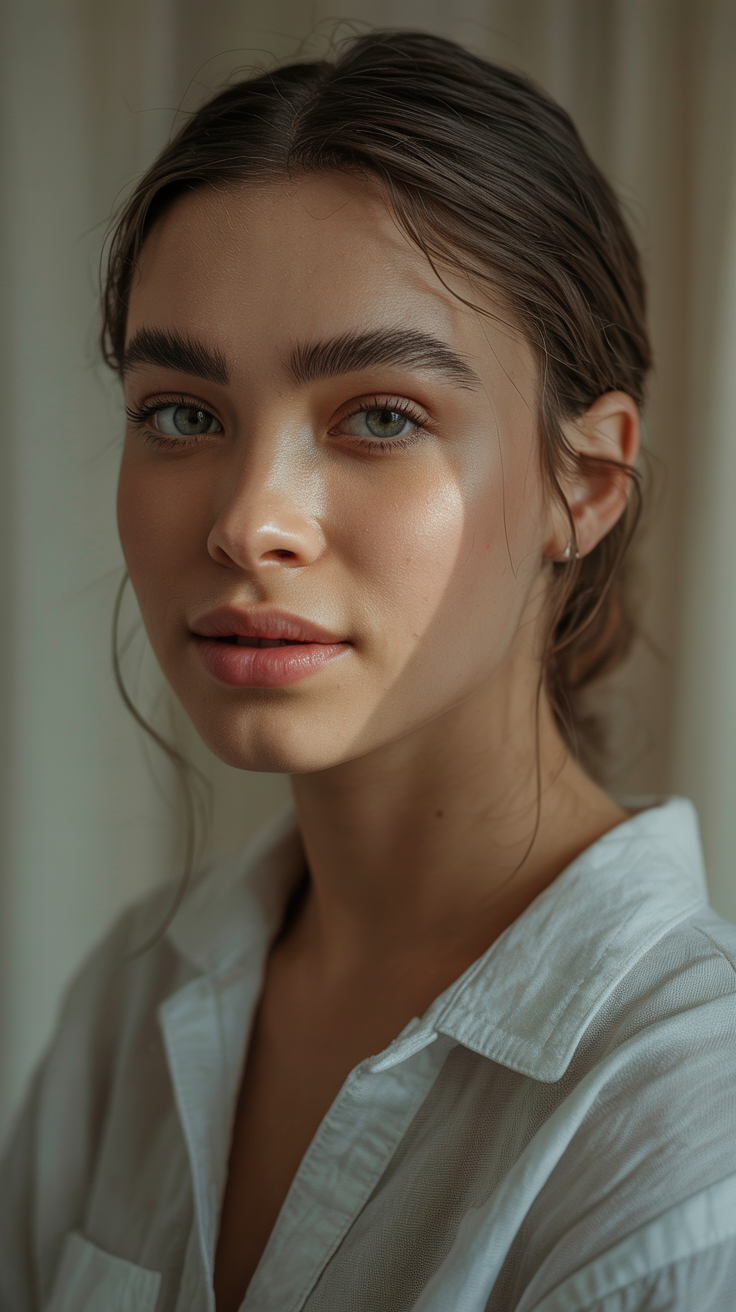How to Layer Neutral Textures Like a Designer
Ever walked into a beige room that looked expensive—but didn’t feel cold or boring? That’s not magic. That’s texture. And let me tell you—layering neutral textures is the quiet secret sauce of designer spaces. It’s what makes a cream-colored room feel like a warm hug instead of a rental listing photo.
I learned this the hard way after painting my entire living room “Swiss Coffee” and wondering why it still felt… dead. I had all the right neutrals—linen sofa, ivory walls, jute rug—but it felt flat. Once I figured out how to layer textures properly, it went from “meh” to magazine-worthy. And no, I didn’t hire a stylist or sell a kidney to afford high-end pieces.
Let’s break it down so you can recreate that effortless, quiet luxury feel in your own home—without needing a design degree or a trust fund.
1. Understand What Texture Actually Is
Before we start layering like pros, let’s clear something up: texture isn’t just about fabrics. It’s the feel, finish, and lookof a surface—whether you can touch it or just see it.
Texture comes in three basic forms:
Tactile textures – You can feel them (e.g., chunky knits, velvet, boucle).
Visual textures – They look textured but feel smooth (e.g., patterned tiles, wood grain).
Natural textures – Think wood, linen, stone, or anything Mother Nature created before we turned it into décor.
Why does this matter? Because when you layer textures, you want to mix all three types. A room full of linen and jute? Zzz. A room with linen, matte ceramics, fluted wood, and an aged brass lamp? Instant warmth. Instant richness. Instant “Who’s your interior designer?” moment.
2. Start with a Neutral Base
Let’s not get ahead of ourselves—your base texture sets the tone for everything else. Think of it like choosing your outfit before picking your jewelry.
Good base textures:
Linen upholstery – It’s matte, breathable, and screams effortless chic.
Flat-weave rugs – Think jute, sisal, or woven cotton.
Low-sheen paint or limewash – Even your walls have texture, friend.
If you’re working with a smooth leather couch or shiny tile floors, you’ll need to add extra softness and warmth to balance those sleek surfaces.
Pro tip: If everything in your room is smooth and shiny… fix that. 😬
3. Mix Soft with Hard (Like a Real Designer)
The magic happens when you combine opposites. It’s like peanut butter and jelly. Or beige and brass.
Layer soft with hard:
Pair a chunky knit throw with a marble side table.
Place a fluted ceramic vase on a reclaimed wood shelf.
Throw a sheepskin over a leather armchair.
You get the idea. Contrast = depth. Depth = luxury. Luxury = we win.
FYI: You don’t need a big budget for this. Etsy, Amazon, and thrift stores are full of affordable texture bombs just waiting to be layered.
4. Use Natural Materials (Because They Age Well and Look Expensive)
Want to instantly upgrade your space with neutral texture layering? Reach for natural finishes.
Here’s why:
They bring in subtle variations in tone and feel (aka visual interest).
They don’t feel fake or flat.
They age beautifully. Like Meryl Streep and brass hardware.
Natural material must-haves:
Pair a chunky knit throw with a marble side table.
Place a fluted ceramic vase on a reclaimed wood shelf.
Throw a sheepskin over a leather armchair.
You get the idea. Contrast = depth. Depth = luxury. Luxury = we win.
FYI: You don’t need a big budget for this. Etsy, Amazon, and thrift stores are full of affordable texture bombs just waiting to be layered.
4. Use Natural Materials (Because They Age Well and Look Expensive)
Want to instantly upgrade your space with neutral texture layering? Reach for natural finishes.
Here’s why:
They bring in subtle variations in tone and feel (aka visual interest).
They don’t feel fake or flat.
They age beautifully. Like Meryl Streep and brass hardware.
Natural material must-haves:
Linen or cotton curtains
Wood (light oak, walnut, reclaimed pine)
Wool or wool-blend rugs
Stone accessories (marble, travertine, alabaster)
Rattan, cane, or woven baskets
IMO, natural materials should be your starting lineup. They’re grounding, timeless, and endlessly layerable
5. Go Tone-on-Tone (But Break It Up Smartly)
If you’re going neutral, go all in. Don’t panic—you’re not stuck with one boring beige. Instead, use several shades of the same tone and layer them.
Here's how to nail tone-on-tone:
Cream walls + white curtains + sand-colored rug = peace.
Taupe sofa + camel leather pouf + off-white boucle pillow = texture heaven.
But—and this is a big BUT—don’t forget to add contrast through finish or shape. Otherwise, everything starts blending into one giant khaki blur.
Break it up with:
Different textures (matte, glossy, soft, hard)
Organic shapes vs. clean lines
Layering heights (low poufs, mid-level tables, tall lamps)
Remember: Visual texture = just as powerful as physical texture.
6. Layer in Accessories That Do Something
Sure, a pretty pillow looks nice. But a pretty pillow that feels like cloud cake? That’s texture + function.
Accessory layering cheat sheet:
Throw pillows – Vary them by texture (think velvet, linen, boucle, suede).
Blankets – Add a chunky knit, a waffle weave, or a cashmere blend.
Trays – Use matte ceramic or hammered metal for dimension.
Candles – Yes, candles count. Especially if they’re sculptural or in stone holders.
Books – Stack neutral-toned coffee table books. They add color, texture, and taste. (No one needs to know if you haven’t read them.)
Pro tip: Group things in threes and mix heights and textures within each group. Designers swear by this because it always works.
7. Play with Light and Shadow
Want to know the most underrated texture in your home? Light. No joke.
A softly glowing lamp against a fluted wall casts shadows. A rattan pendant light filters and scatters light. This adds invisible texture that feels luxurious.
Lighting texture tips:
Use multiple sources of light (lamps, sconces, candles, task lighting).
Choose warm-toned bulbs (2700K–3000K is the sweet spot).
Go for lampshades in linen, paper, or woven materials.
Also—consider texture in your light fixtures themselves. That plaster dome pendant? Textured. That alabaster table lamp? Total vibe.
8. Mix Modern with Organic for Designer Contrast
Designers know when to soften a modern space or elevate a rustic one. You can do the same by mixing organic textures with modern forms.
Here's what that might look like:
A glass coffee table on a knubby jute rug.
A clean-lined beige sectional paired with driftwood decor.
A crisp linen sofa with sculptural ceramic accessories.
The contrast tells a story. And no, it doesn’t say “I just picked all this up from one big-box store.”
9. Don’t Forget the Walls (Yes, They Deserve Texture Too)
Walls aren’t just for hanging art. You can layer textures on your walls in subtle ways that elevate your space instantly.
Designer-approved wall texture ideas:
Gallery shelves with neutral-toned frames and mixed materials
Limewash paint for a lived-in, organic look
Wall hangings (fabric, macrame, woven panels)
Shadow box frames with textured or layered objects inside
I once added a linen-covered pinboard framed in brass to my entryway. Total game changer. It gave the wall dimension and doubled as a spot to clip postcards. Win-win.
10. Create Zones with Texture Changes
If your room feels like one big beige blob, you might need to define zones using texture.
Try this:
A rug to anchor the seating area
A smooth stone console table near the entry
A basket with throws by the sofa
Curtains that contrast with your wall finish
Each space within your room should have its own textural identity, but still feel connected by tone and material.
Final Thoughts: Layering Texture Is Quietly Genius
So, yeah—neutral doesn’t mean boring. It means deliberate. Intentional. Designer-ish. It just takes some thoughtful layering, some material mixing, and maybe a little mood lighting.
Let’s recap your neutral texture layering tips real quick:
Start with a textured neutral base (walls, sofa, rug)
Mix soft + hard surfaces
Add natural materials for authenticity
Play with tone-on-tone combinations
Layer accessories that offer texture and purpose
Use light as texture (seriously, it matters)
Contrast modern shapes with organic materials
Treat your walls like part of the texture plan
Use texture to define zones
Trust me—once you start layering textures like this, people will start asking you for design advice. And who knows? You might even start enjoying your beige space more than your black wardrobe. 😉
Wanna cheat a little? Grab my [Neutral Texture Starter Kit]—it includes a texture-mixing cheat sheet, a mini product roundup, and a downloadable shopping guide to get started. Now go fluff that boucle pillow like the texture queen you are. 💁♀️✨
Ready to Elevate Your Style?
Let me create a personalized wardrobe plan that fits your lifestyle effortlessly.
Book Your Styling Session





